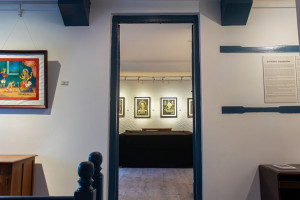Arts
Australia returns stolen artefact to Nepal
The 13th-century strut, which was reported to be stolen in 1975, arrived at the Art Gallery of New South Wales, Australia, in the year 2000 through a bequest by the Australian-British art collector Alex Biancardi.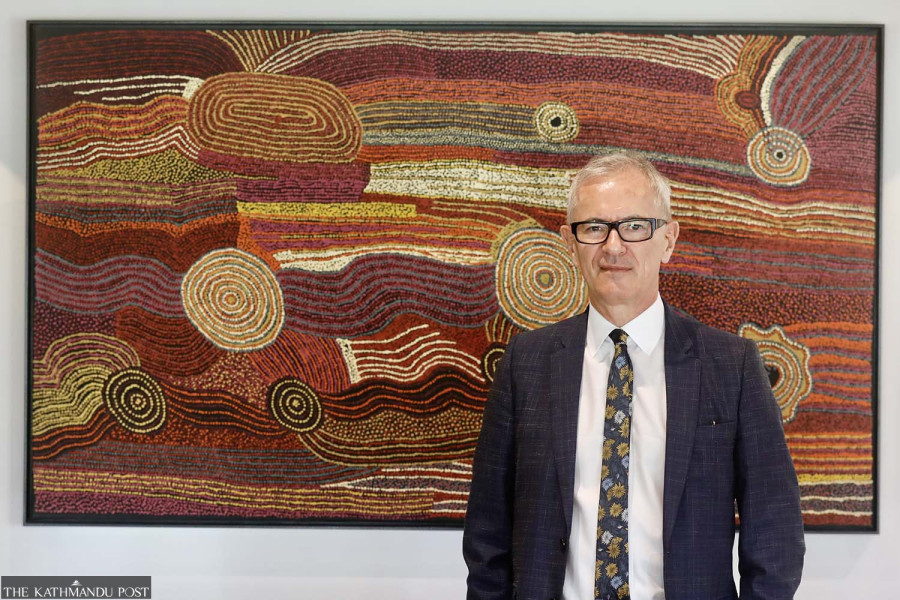
Rose Singh
In a move to repatriate stolen national relics, The Government of Australia has returned a 13th-century tundal (wooden temple strut) that was stolen from Ratneshwar Temple, Sulima Square, Patan.
The tundal is carved to embody Yakshi, a tree deity, standing in a ‘tribhanga’ or triple-bend posture. The adornments on the goddess symbolise fertility and love.
As Nepal opened its doors to the modern era in the late 1950s, the temples weren’t bereft of statues of its deities. The theft of Nepal’s idols and their architectural structures also meant the theft of Nepal’s faith. Several sculptures were dethroned from their original spaces and underwent a series of contraband travels to rest in the hands of art collectors and museum curators. The sculptures that, until yesterday, were donned in red and yellow vermillion, and faith-based offerings of sweets and flowers, suddenly found themselves on industrial pedestals in alien spaces.
The 13th-century strut, which was reported to be stolen in 1975, arrived at the Art Gallery of New South Wales, Australia, in the year 2000 through a bequest by an Australian-British art collector by the name of Alex Biancardi.
The discussion on repatriation was reignited after a visitor at the Art Gallery of New South Wales questioned its provenance. The repatriation discussions that were otherwise latent due to various political circumstances now received a new flame, leading up to formulating its possible return.
In 2001, the carved strut was recognised as belonging to Nepal’s historic city of Patan by author and scholar the late Mary Shepherd Slusser. Slusser, who had studied Nepal’s cultural and architectural history, photographed the exact strut when it was attached to its parent structure in Ratneshwar temple in 1969.
On Monday, the Government of Australia, along with the Art Gallery of New South Wales, handed over the wooden strut that was stolen from Nepal.
“It was easy to trace back this artefact’s roots due to the presence of documentation,” Michael Brand, Director of the Art Gallery of New South Wales, expressed to the Post.

Brand served as the director of the J Paul Getty Museum in Los Angeles before commencing his current position, also as the director of the Art Gallery of New South Wales in 2012. He says the process of repatriation is one of emotional and ethical reverberance for him.
As a 15-year-old kid, Brand visited Nepal for the first time. Subsequently, he came back at the age of 17. He recounts how the visits later influenced his decision to pursue a career in South Asian and Islamic art. For him, returning the artefact holds a sentimental value, a cultural reunion of sorts.
The Art Gallery of NSW is undergoing the process of establishing the provenance, or origin, of the artworks and sculptures on display at the gallery. A legal framework for verifying provenance was established in 2015 under which any new acquisition by the gallery would only happen after investigation of said acquisition was completed.
The provenance procedure for the tundal wasn’t as complicated due to pre-existing documented proof. However, the same isn’t true for a lot of artefacts around the world. “Many artefacts are small and have travelled across borders so much that they have unclear provenance. They are categorised as “orphan objects” in the gallery,” says Brand.
The Art Gallery of New South Wales is planning to repatriate artefacts to both Nepal and India this year. “When we became aware of its stolen nature in 2001, we contacted the Government of Nepal. After that, returning it has just been a matter of timing,” says Brand.
However, not all artworks that are identified go back to their home country. Due to the number of stolen artefacts being high in number and lower in importance, there are instances where home countries do not take back the artefacts to prevent chaos. Other times, it is difficult to trace back an object's home country due to colonisation. “There are debates over who should the Gandharan sculpture from the North-western Indian sub-continent be returned to–India, Pakistan, or Afghanistan?” says Brand.
Thus, there are times when debates over returning important pieces of art are met with interesting questions about their legitimate authority. “Of course, this is no excuse not to return artworks to their home country,” adds Brand.
Before the deaccession, the wooden strut was on display in the Art Gallery of New South Wales and also on its website. The procedure for deaccessioning is a rather complicated one, Brand notes. It is only after detailed ratification by the board of trustees and approval of the Governor of New South Wales can a piece of artwork be deaccessioned.
Currently, there is a widespread movement among art galleries and museums across the globe to investigate the provenance of the items they have collected and continue to acquire. The repatriation, thus, comes at a time when the National Heritage Recovery Campaign is gaining momentum to retrieve the stolen treasures of Nepal.
The wooden strut was placed in a public art museum in Australia, open to a broad audience. Now that the sculpture has been handed back to Nepal, its new location and model of care are yet to be determined.
“The art museums of Nepal are very well maintained. I am positive that my colleagues in the Nepali art scene will take excellent care of the strut, providing it with the care it requires,” concludes Brand.




 15.12°C Kathmandu
15.12°C Kathmandu
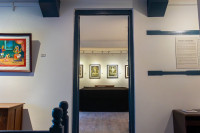
%20(1).jpg&w=200&height=120)
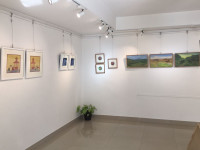
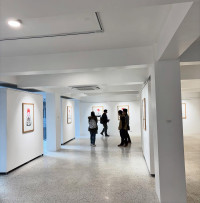
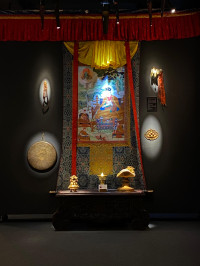

%20(1).jpg&w=300&height=200)
